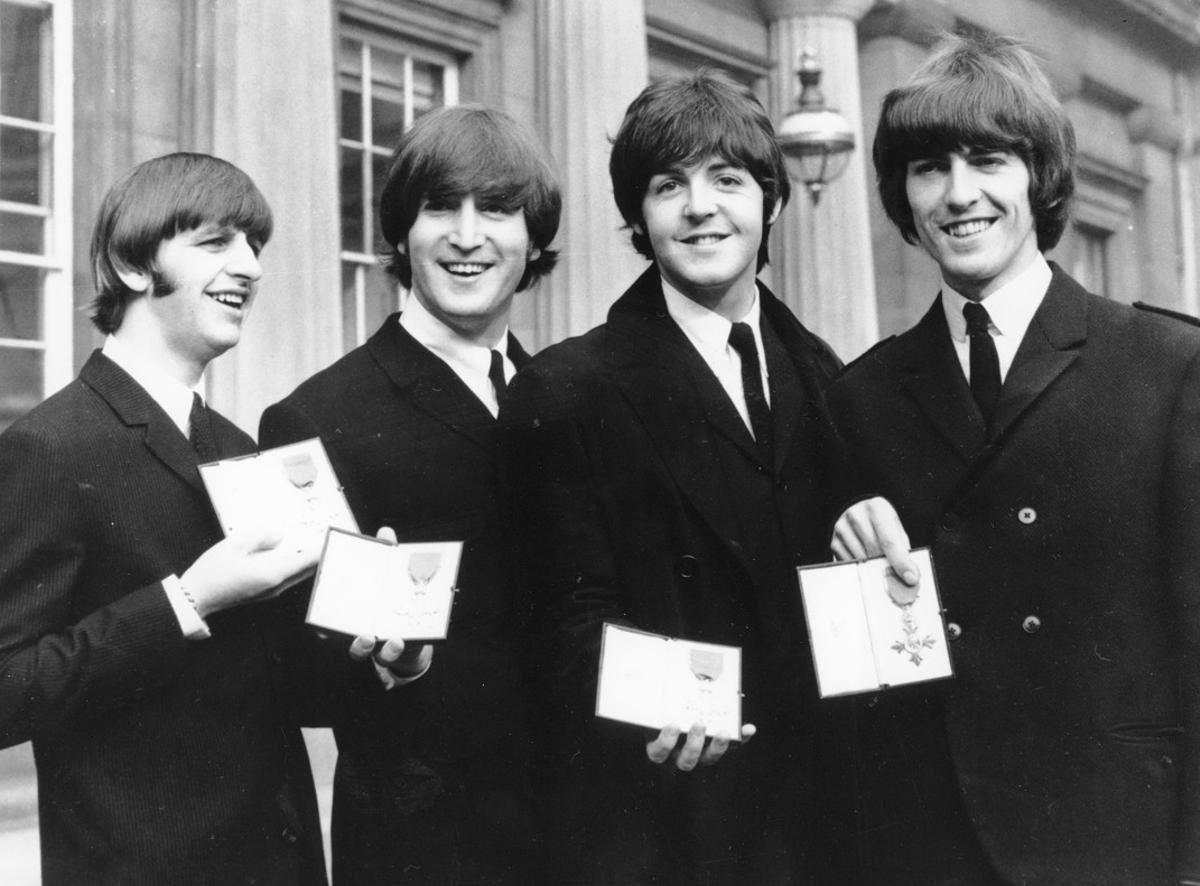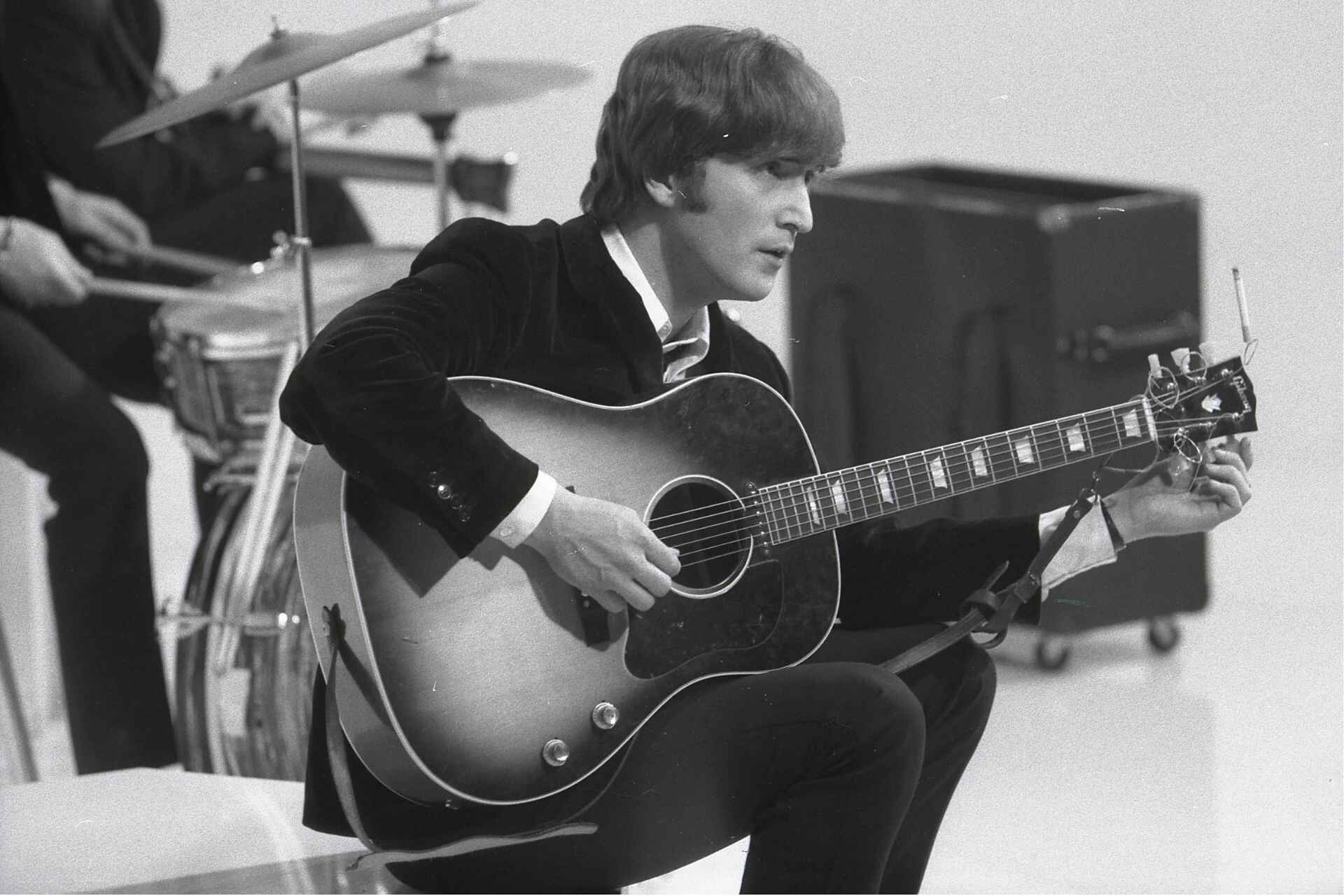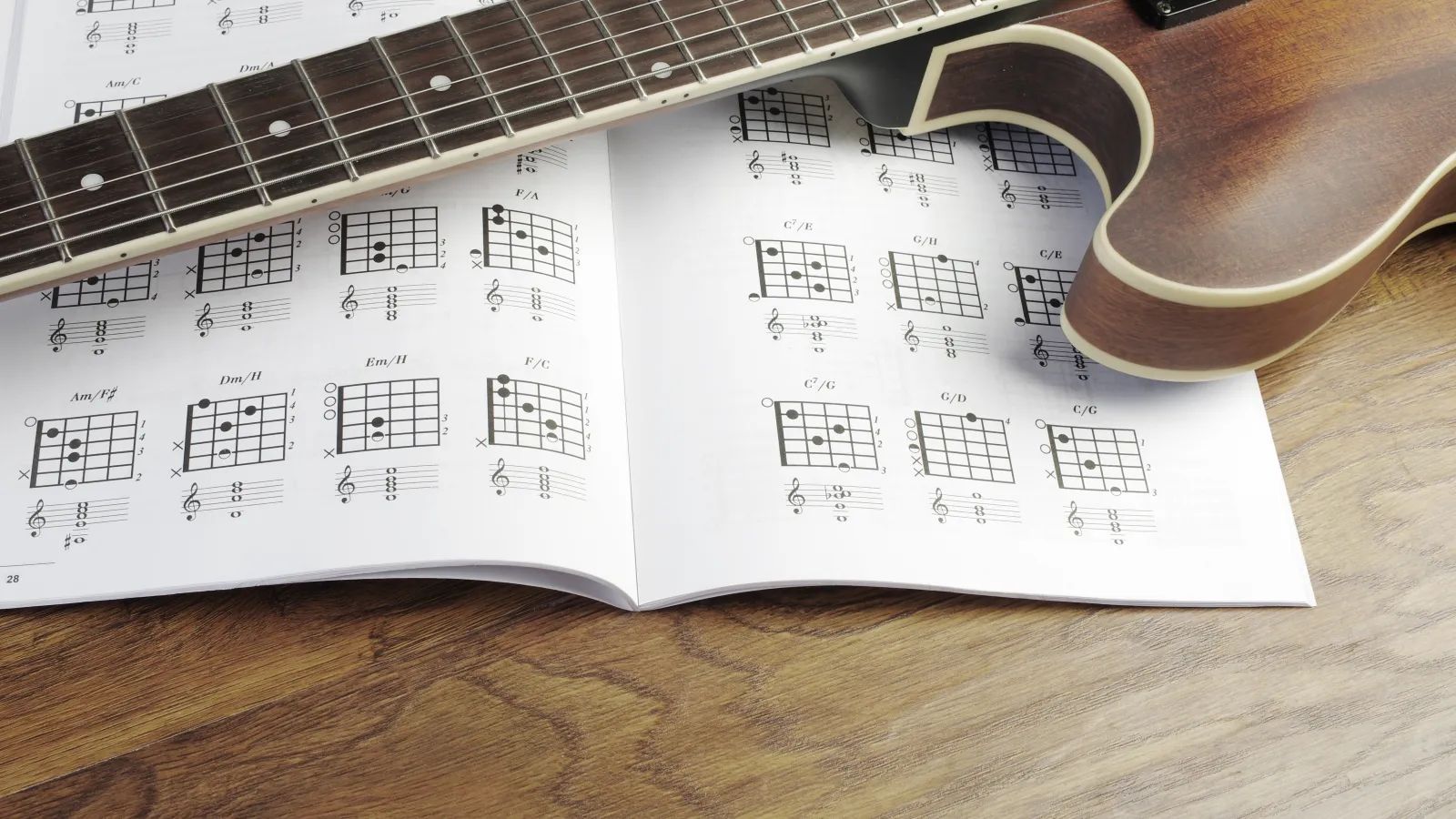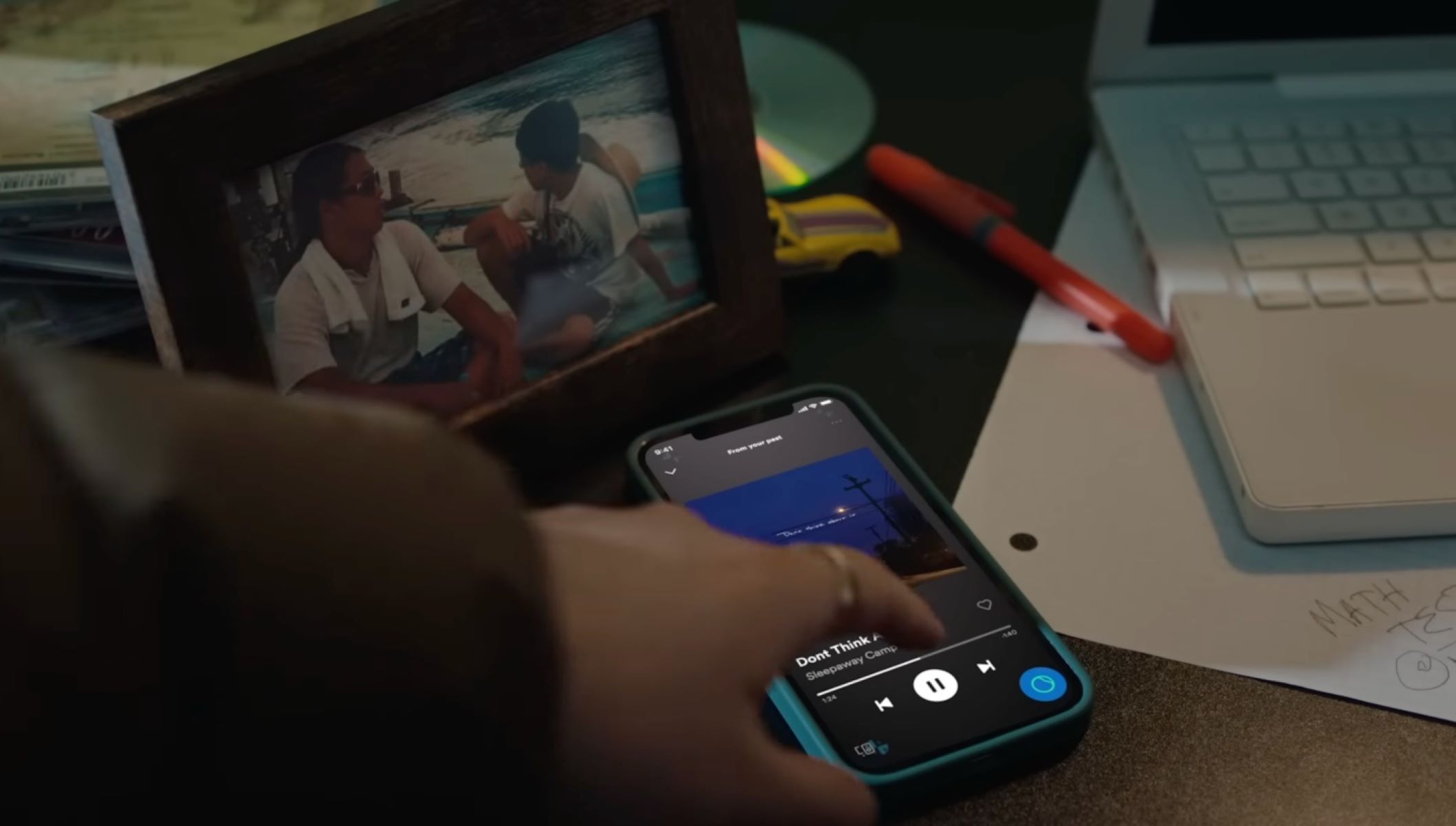There has been some controversy surrounding the decision to use artificial intelligence (AI) to bring back John Lennon’s voice in what Paul McCartney referred to as “the last Beatles record.” However, this application of AI is far from the sketchy imitations of artists that we often hear on platforms like SoundCloud. In reality, it is a poignant use of machine learning technology for noise reduction.
Key Takeaway
The use of AI technology for noise reduction and audio isolation allowed the surviving members of The Beatles to honor John Lennon’s memory and incorporate his voice into the final recording of “Now And Then.” This application of machine learning technology not only provided a poignant sense of closure but also showcased the advancements made in audio processing and enhancement.
The story behind the song, “Now And Then,” is simple and sentimental. It was originally a piano demo recorded by Lennon shortly before his tragic death in 1980. Afterward, his widow, Yoko Ono, provided the tape to the remaining band members. However, the quality of the recording was not ideal, making it a challenging task to isolate Lennon’s voice.
The Quest for Clarity
In a short film documenting the making of the song, the band members shared their experiences. Ringo Starr mentioned the difficulty in hearing Lennon’s voice clearly, as it was often obscured by the overpowering piano. Paul McCartney explained that technology at that time did not allow for the separation and isolation of different audio components.
Attempts to salvage the song were made in 1995, but the band “ran out of steam.” However, in 2022, during the production of the documentary “Get Back,” filmmaker Peter Jackson and his team used modern audio processing technology to enhance archival footage of the band. This led to the development of a breakthrough technology based on machine learning which could separate different tracks and components within a soundtrack.
The Advancements in Audio Isolation
This technology, known as MAL (Machine Assisted Listening), represents significant progress in the field of audio isolation in recent years. Machine learning models are trained to recognize and identify specific audio elements, such as guitar tracks or human voices, by analyzing their unique waveforms or spectral signatures. These models can then extract these elements from mixed tracks, resulting in enhanced clarity and isolated audio tracks.
Similar technology is now commonly used in video calls to suppress background noise and prioritize the speaker’s voice. The machine learning models can effectively filter out disturbances such as barking dogs or noisy cafes in real time. Earlier versions of this technology were employed to produce karaoke versions of songs by isolating and removing vocal tracks.
A Touch of Closure and Tribute
In the case of Lennon’s demo, the AI-assisted noise reduction worked flawlessly, as evidenced by the crystal-clear quality of his voice. This breakthrough made it possible to mix and produce a proper record of the song. While some may question the ethics of resurrecting Lennon’s voice, everyone involved believed that he would have embraced this technological endeavor, considering his own fondness for tinkering with technology and his original intention to record the song.
Most importantly, this use of AI technology provided a sense of closure for the band members. They had already endured the ups and downs of fame and creativity, but losing a longtime friend and creative collaborator in such a tragic manner must have been truly devastating. The existence of this unfinished piece served as a constant reminder of what was lost. As anyone who has experienced loss can understand, any remaining traces of a loved one become treasured. George Harrison expressed the sentiment back in 1995, emphasizing the significance of hearing John’s voice.
With the advancements in technology over the past 25 years, the band was finally able to honor Lennon’s memory and cherish his voice once again. Ringo Starr summed it up by stating that the enhanced rendition of “Now And Then” brought them as close to having Lennon back in the room as they would ever get.

























